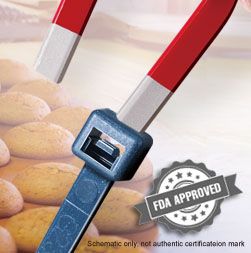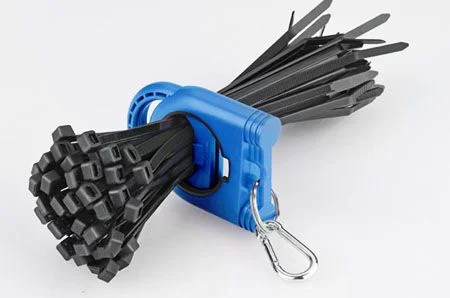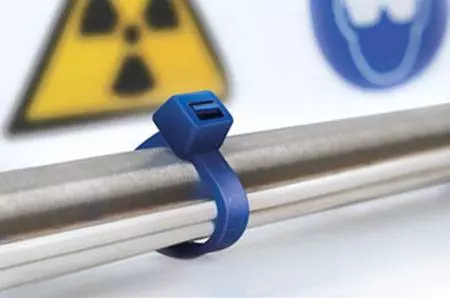What is the Application for Metal Detectable Material? Why cable ties need to pass FDA Testing? What are the Benefits to Food Safety?
In the process of food production, there are various hazards that can lead to errors in sanitation management, including microorganisms and foreign substances entering the food processing process.
In the late 1980s, the first batch of detectable products were used in food production, which was characterized by embedding or sticking iron filings into items with high risk of contamination, so that if they were mistakenly entered, they would trigger a metal detector at the end of the production line.
Metal detectable plastics are mainly used in components and products in the food production and packaging industry. They allow professionals to use metal detectors to reduce the risk of food damage or plastic contamination caused by worn-out tools and equipment. In addition, compared to metal components, they help reduce item weight and/or noise emissions.
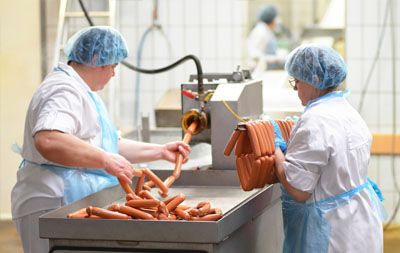
For example,
- Components of food processing equipment, such as mixing paddles
- Parts of material processing equipment, such as material hoppers
- Food measuring tools, such as measuring cups
- Food operating products, such as knives, shovels, scrapers, molds
- Food packaging and storage devices, such as trays
Cable ties with metal content are designed for the food and pharmaceutical industries to support quality assurance, such as HACCP, and metallic pigments can be detected by standard equipment, helping to reduce the risk of contamination. For visual detection, these cable ties are usually in blue. Metal detectable cable ties are ideal for packaging and machine maintenance in the food and pharmaceutical industries.
Over the years, since engineering plastics can increase the speed and/or the lifespan of products, food production and packaging industries have increasingly accepted engineering plastics as a substitute for metal. This positive trend has led to an increase in demand for plastics, leading to the development of better and safer plastics. Metal detectable products can transform the industry from metal parts to plastic parts without worrying about whether the material fragments will fall off and mix with food.
Benefits and Certificates of Metal Detectable Cable Ties related to Food Safety
The Hazard Analysis Critical Control Point (HACCP) has to be mentioned on the subject of food safety. The Hazard Analysis Critical Control Point (HACCP) is an approach to sanitation that identifies, evaluates, and controls food safety hazards. Hazard analysis serves as the basis for establishing critical control points (CCPs), which are activities that must be controlled to ensure food safety. The HACCP system was jointly developed by the Pillsbury Company, the United States Army Natick Laboratory and the National Aeronautics and Space Administration (NASA) in 1974.
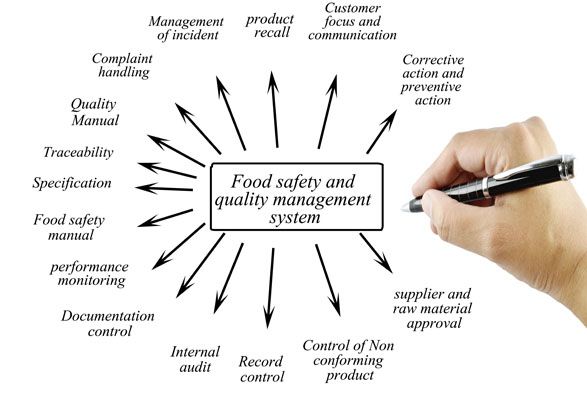
On August 4, 1994, the U.S. Food and Drug Administration (FDA) issued a proposed notice of compliance and requested public comment on whether and how the agency should establish regulations to establish a new food safety assurance program based on HACCP.
The FDA finalized a regulation on December 18, 1995, requiring the development, implementation, and documentation of sanitary management procedures for seafood processing products and mandating compliance with HACCP for seafood processing. Similarly, the U.S. Department of Agriculture (USDA) established regulations requiring meat and poultry to develop and implement written sanitation standard operating procedures (SSOPs), and the HACCP control system was designed to enhance food safety.
The following are seven steps of HACCP:- Hazard analysis: Identify sanitation hazards, estimate the possibility and severity of their occurrence, and formulate preventive measures in advance.
- Identify CCPs in food processing:CCPs are the steps or programs that must be used to prevent, eliminate hazards using control measures.
- Establish critical limits for preventive measures associated with each identified CCP – a critical limit is a boundary of safety.
- Establish procedures to monitor critical control points: Monitoring includes a series of measurements or observations to determine if the CCP is under control.
- Develop corrective actions to be taken when monitoring shows that critical limits are exceeded: each CCP needs to have a specific plan for corrective actions.
- Establish an efficient record tracking procedures to document the HACCP system: simple record tracking procedures is the best.
- Establish procedures to verify the effective operation of the HACCP system: The procedures include review of deviations and resolution, visually inspecting operations and random sample collection.
The metal detectable cable ties can be detected and monitored by metal detector when they fall off or breaks into pieces, which is in compliance with HACCP process and is a good way to monitor foreign objects, and are products that can be measured, controlled and monitored.
By the way, Hua Wei's metal detectable cable ties also comply with FDA regulations. In addition to using food graded materials, both materials and finished products have passed FDA Testing.
In this way, the risk of hazards is greatly reduced for the food, beverage and pharmaceutical industries, and the spirit of food safety is ensured.
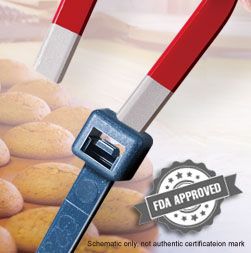
Contact us to obtain FDA Testing certification for Hua Wei’s metal detectable cable ties and series products.
You may want to take a look at the following related articles:
1. Introduction to detectable materials, products, and inspection approaches
3. Metal Detectable Series Products
Updated 2022/11/22
New Product
Featured product
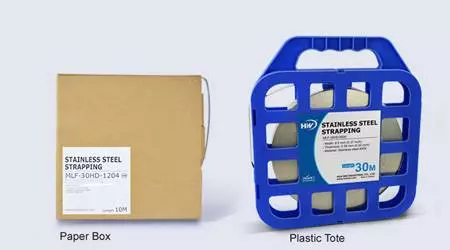 Hot
Hot
Stainless Steel Ties
 Hot
Hot
Stainless Steel Ties
With high resistance to various corrosive agents such as acids, alkali, UV, and rust, …
Read More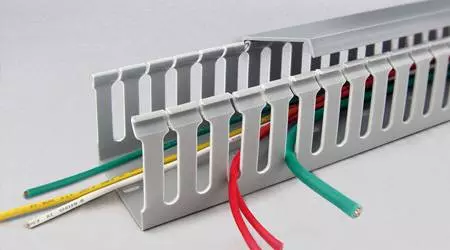 Hot
Hot
Wire Ducts
 Hot
Hot
Wire Ducts
The premium solution for routing and hiding wires in control panels.
Read More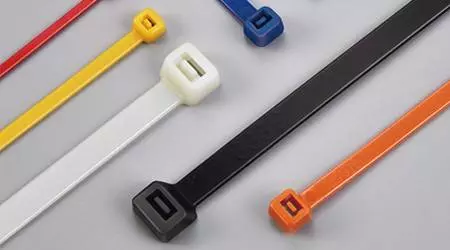 Hot
Hot
Standard Cable Ties
 Hot
Hot
Standard Cable Ties
Available materials include heat stabilized, weather resistant and flame retardant polymers,...
Read More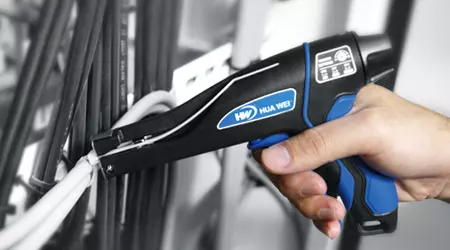 Hot
Hot
(GIT-703) Cable Tie Tensioning Tool
 Hot
Hot
(GIT-703) Cable Tie Tensioning Tool
The new cable tie installation tool can fasten and cut nylon cable ties quickly & safely
Read More

